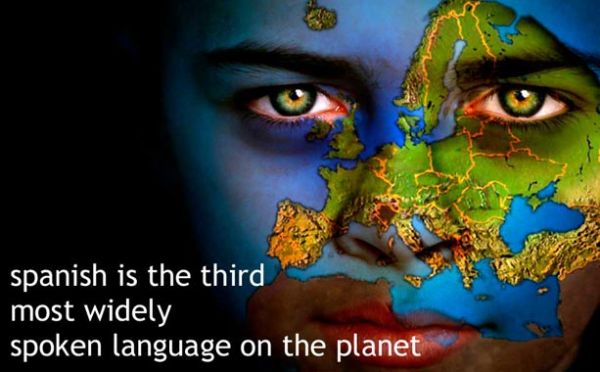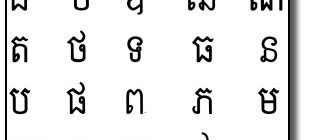Interested in the history of the Spanish language? Read ahead to find out the origin and history of the Spanish language…
The Spanish language and its history dates back to the evolution of Vulgar Latin. The linguistic dialects of Castilian and Andalusia languages emerged in Hispania, also known as the Peninsula of Iberia, during the Middle Ages.
Modern-day Spanish and its emergence falls roughly during the period of the re-conquest of Arab-dominated Spain, which was conducted and achieved by Isabella of Castile and Ferdinand of Aragón.
The Spanish Language is spoken by over 332 million people across the world. Aside from being the official language of Spain it is also the national language in Bolivia, Chile, Cuba, Costa Rica and Columbia along with Argentina.
Furthermore countries like the Dominican Republic, Guatemala, Mexico and Ecuador have instituted it as the official language in their countries.
Additionally it is spoken widely and utilized as the official language in countries like El Salvador, Nicaragua, Guinea, Panama, Peru, Paraguay, Uruguay, as well as Venezuela and you will find most of the locals speaking the language along with using it for official documentation. Countries like Morocco, Canada, America as well as the Philippines have a large population of Spanish speakers.
Historically speaking, the Spanish language falls in the category of Romance languages. It can be classified as part of the Italic subfamily pertaining to the Indo-European language family.
The two main dialects spoken in Spain are the Andalusian and the Castilian dialect of Spanish while outside of Spain there are different dialects in areas like North and South America.
History of the Spanish Language
Before the end of the sixth century BC Iberians populated the Southwest region of Europe called the Iberian Peninsula. It was at this time that they started intermingling with Celts who hailed from central Europe and were nomads.
They became a group called Celtiberians, and the dialect and language was a form of original Celtic. However under the Roman Empire which ruled over this area in 19 BC the region was known as Hispania and the locals picked up the Latin language from the Romans.
Over time the original Latin of educated Romans started mixing and blending with the languages of the Celts and Iberians as well as Carthaginians and led to the emergence of the language which is called Vulgar Latin. This basically was an extension of Roman Latin but included words from other languages.
Latin was retained as the official language for the government and by the invading Germanic tribes from Eastern Europe known as the Visigoths. However, in 711 and all the way up to 719 the Arabs from North Africa known as the Moors started invading and conquering the region.
The dialects of Mozarabic and Arabic were also introduced into the language. When the Crusades were launched and the Christians slowly re-conquered Arab-dominated Spain they took back political as well as linguistic control of the country.
With their move into the south of Spain the Christians predominantly spread their language which was Vulgar Latin and took over military control.
The most prominent dialect that had emerged in the North Central plains and that was transferred to the southern and eastern regions of Spain was Castilian.
What resulted was a hybrid language which was mainly Castilian but which included many words from Mozarabic. When you look at the history of the Spanish language you can find approximately 4000 words with Arabic linguistics origins.





